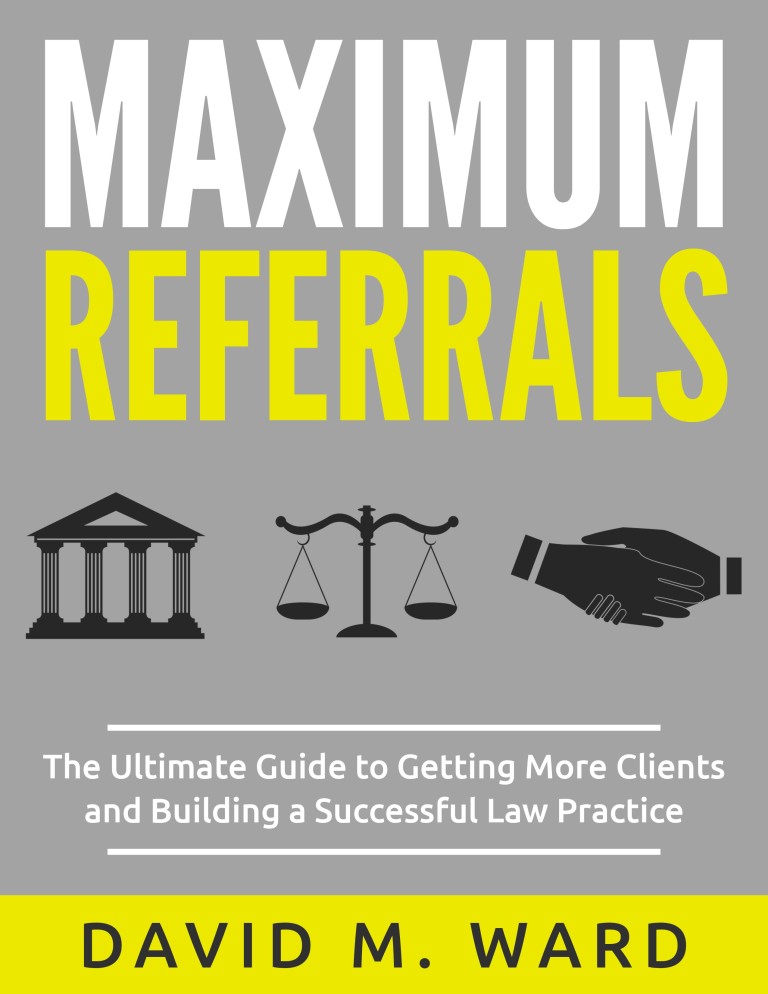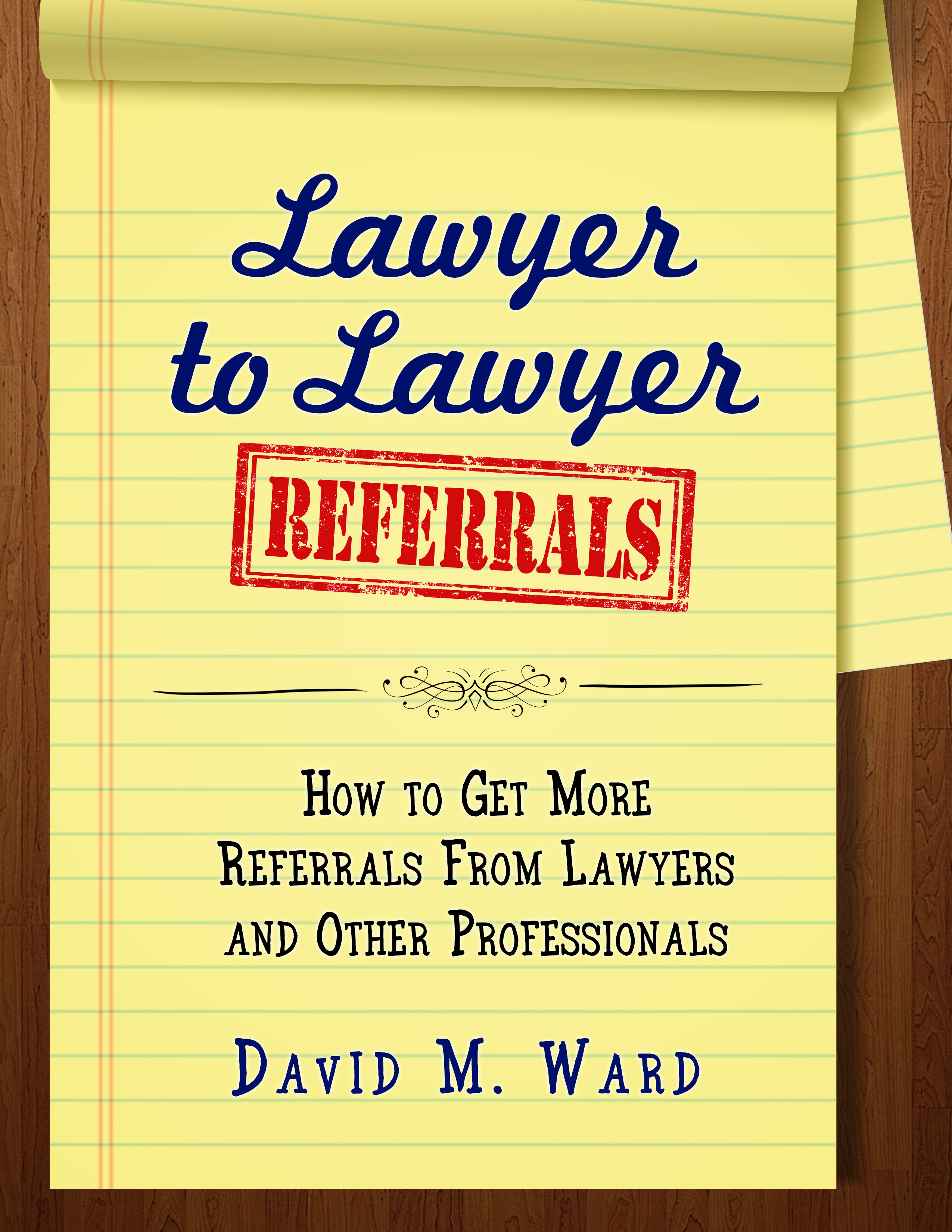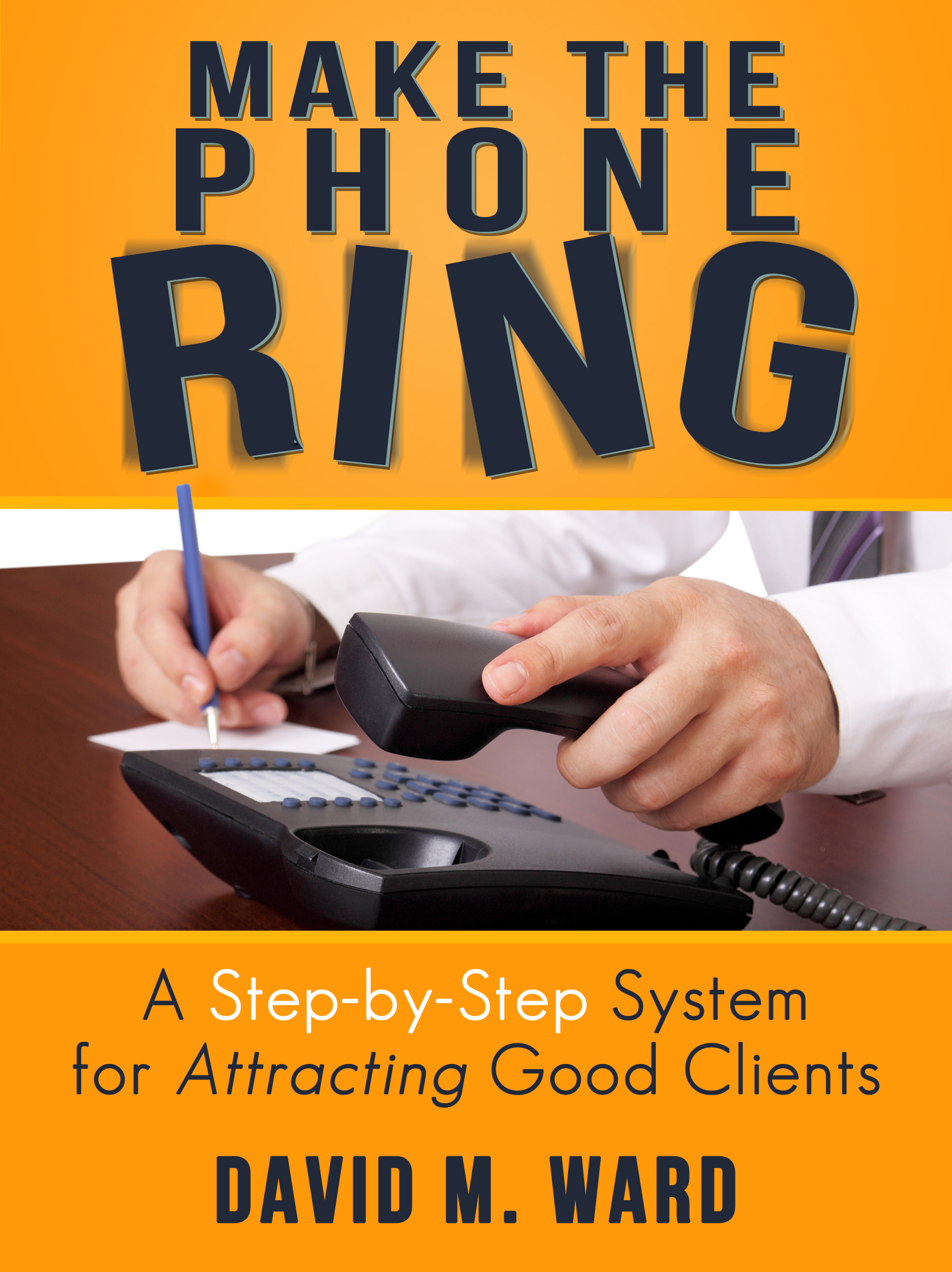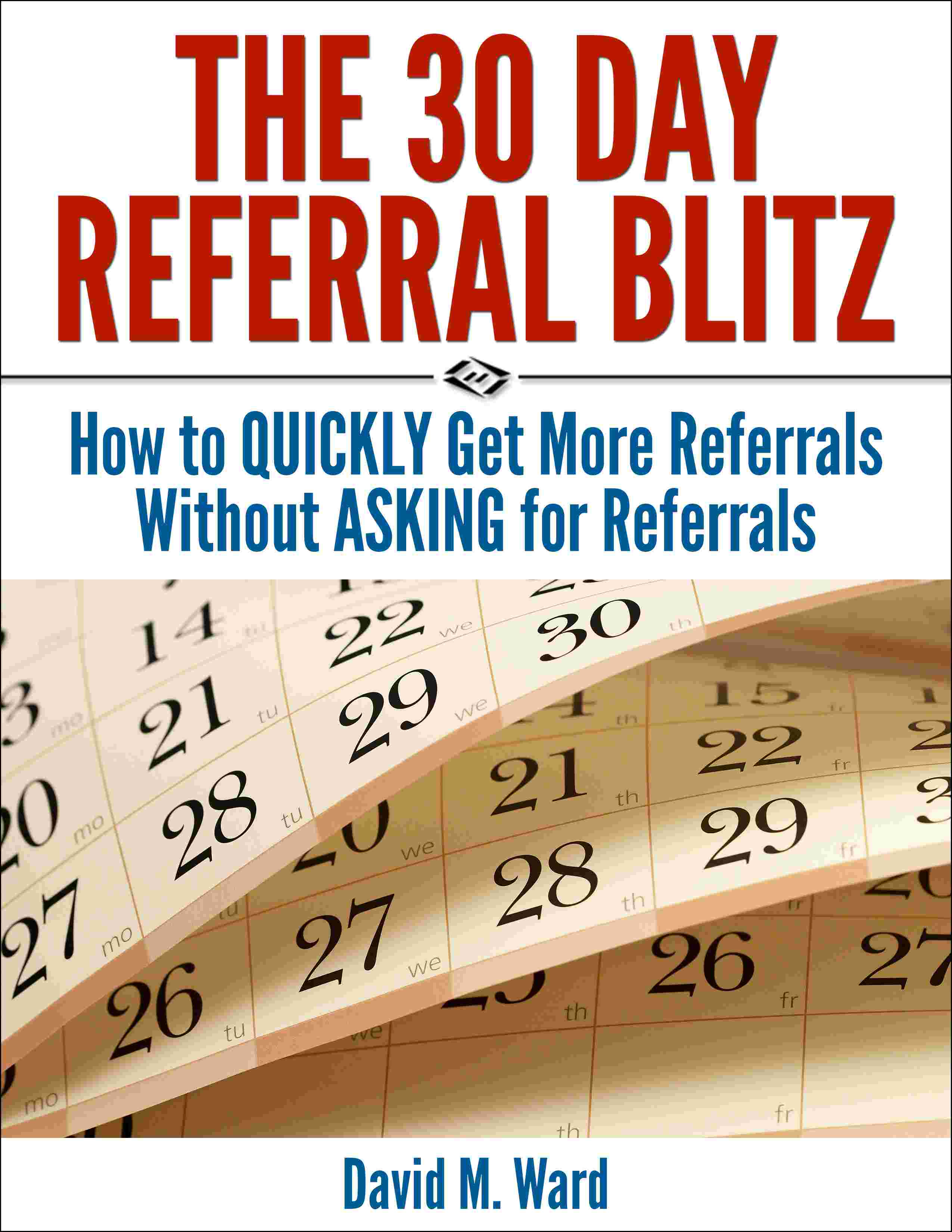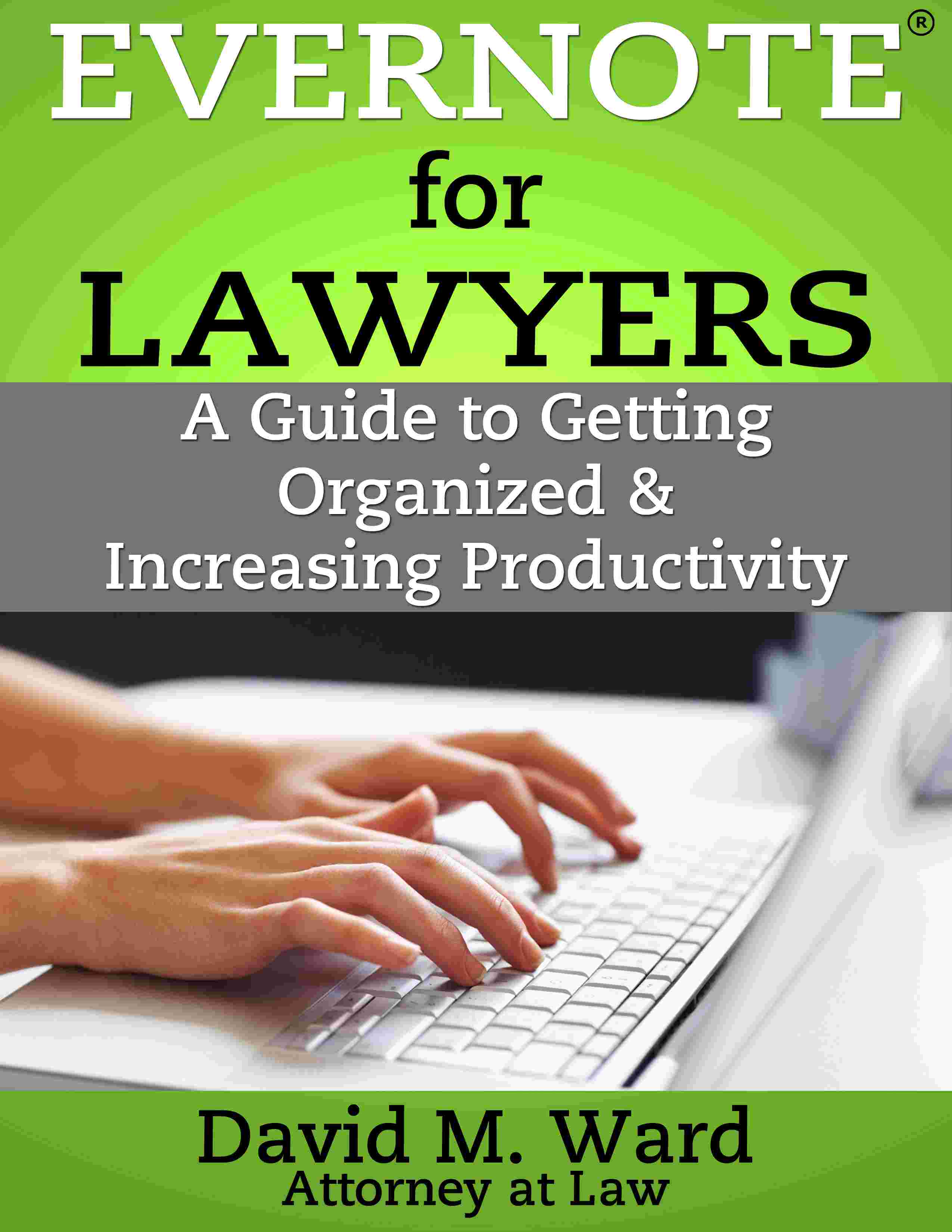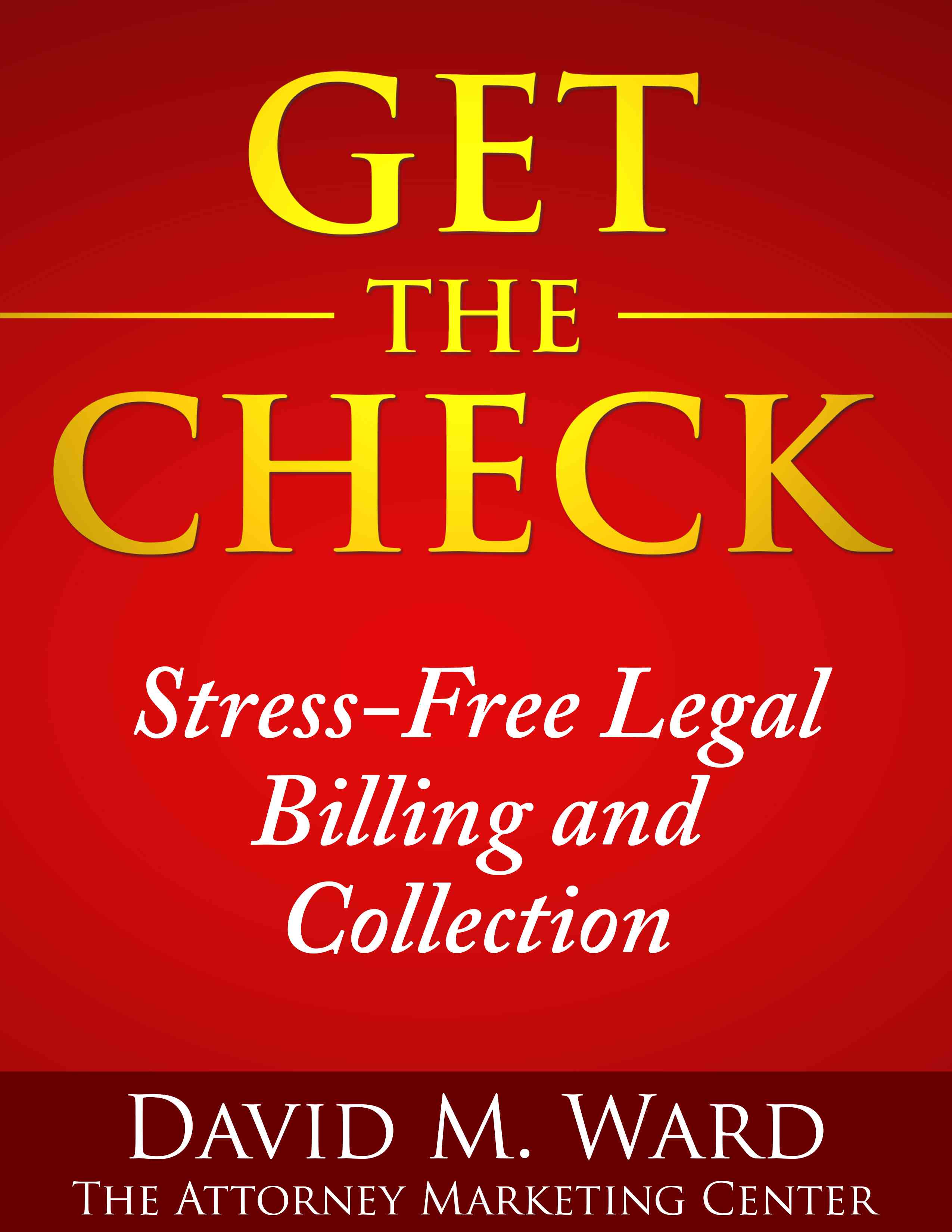You’re smart. Good at your job. Successful. But you want to be more successful so you do what most people do, you look for ways to do more.
More clients. More projects. More work.
To fit it all in, you look for ways to work faster and get bigger results.
You get busier and busier. You have less time and more stress. You’re frustrated because you’re doing more but not achieving more.
You’ve reached a point of diminishing returns.
It’s time for a different approach.
Instead of doing more, do less.
Take things off your calendar and to-do list. Start fewer projects. Make fewer commitments. Have fewer conversations.
Make room for what’s important and what you do especially well.
You’ll have more time to do more important things and more time to build on your strengths. You’ll have more energy, less stress, and fewer distractions. You’ll make fewer mistakes, waste fewer hours, and make better decisions.
You’ll build stronger relationships with key people. You’ll complete projects that take you to higher levels.
You’ll achieve more by doing less.
Get busy doing less.
Work smarter. Leverage your professional relationships to get more referrals


